.


VANITAS : a journal of poetry, writings by artists, criticism, and essays. During its decade of intervention in the public realm, VANITAS came out quasi-annually, serving as a forum for international voices with an emphasis on coming to grips with current world situations. Each issue contained writings by artists whose primary modes were non-literary and featured the work of a visual artist. [www.vanitasmagazine.net]





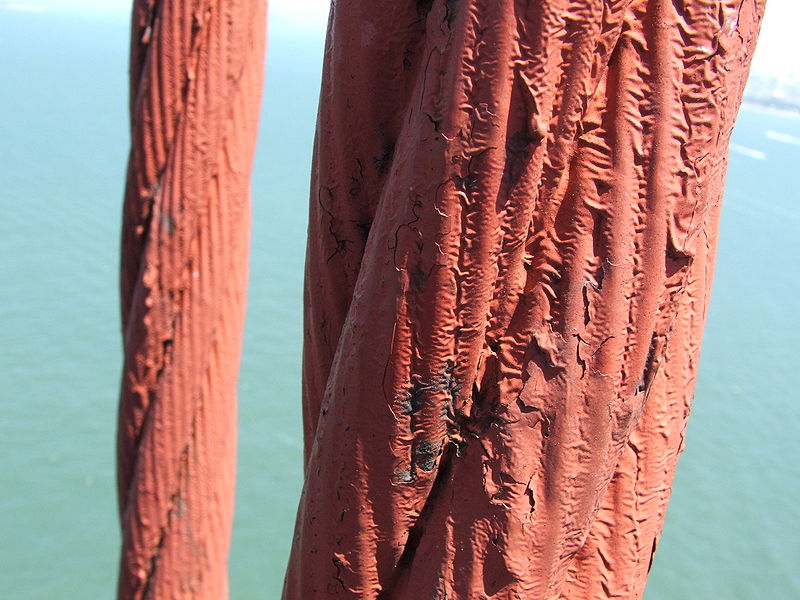
















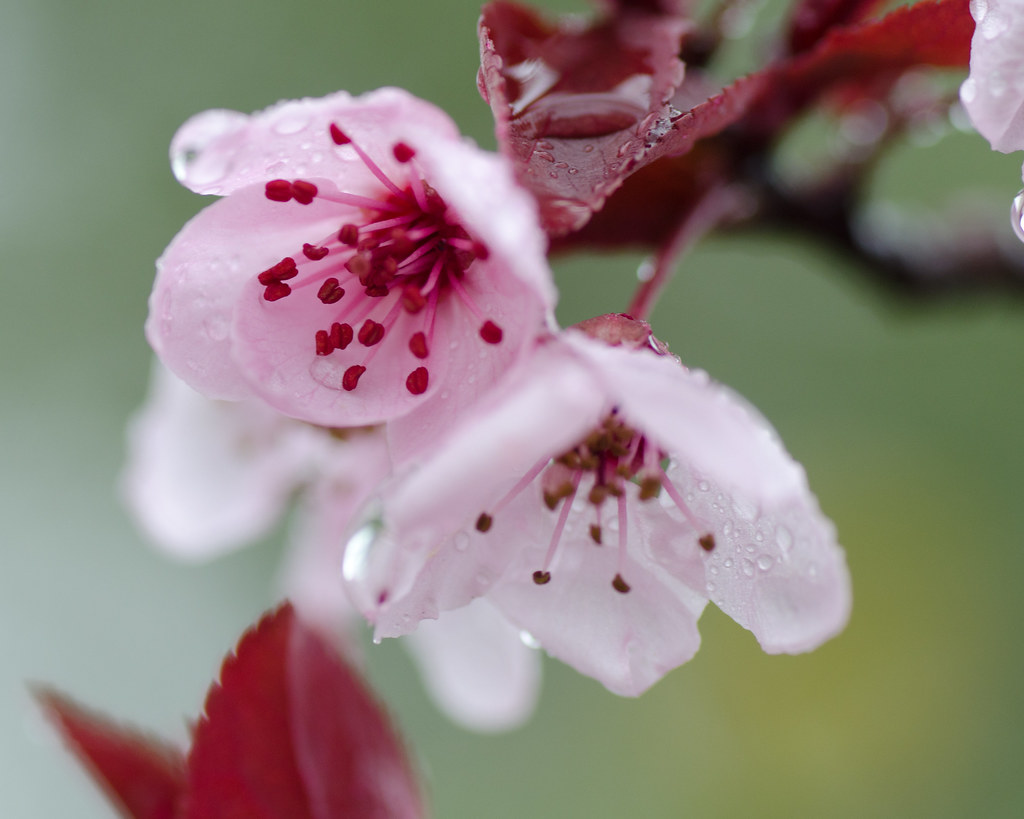
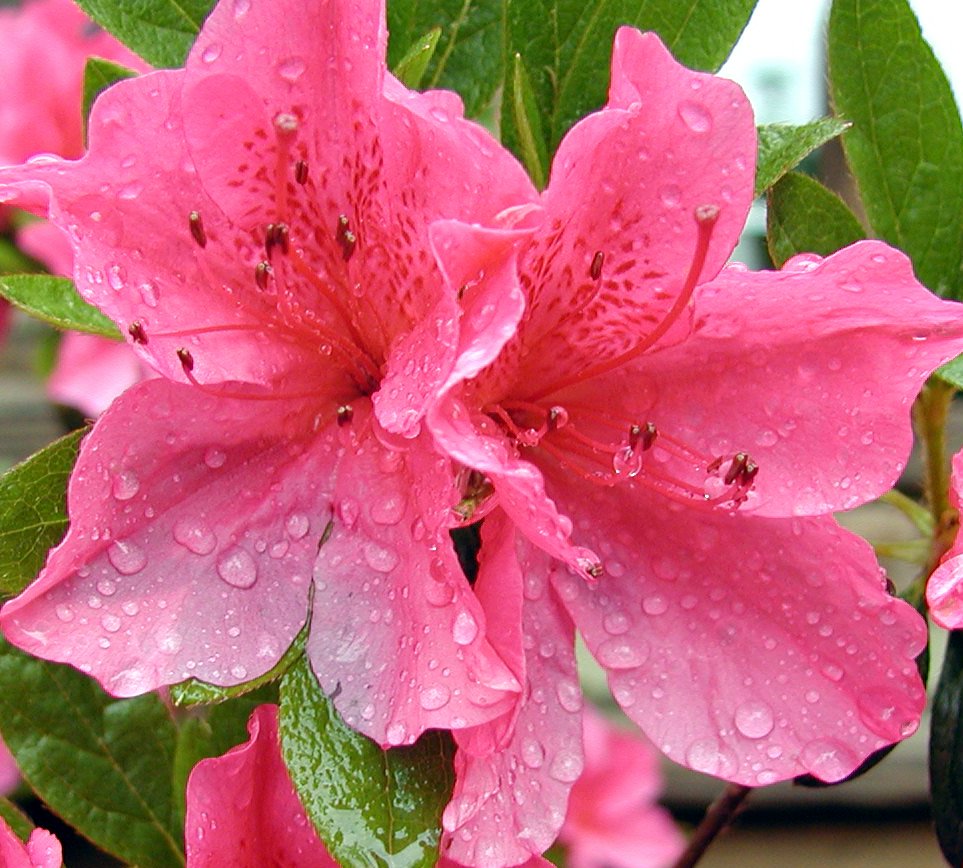
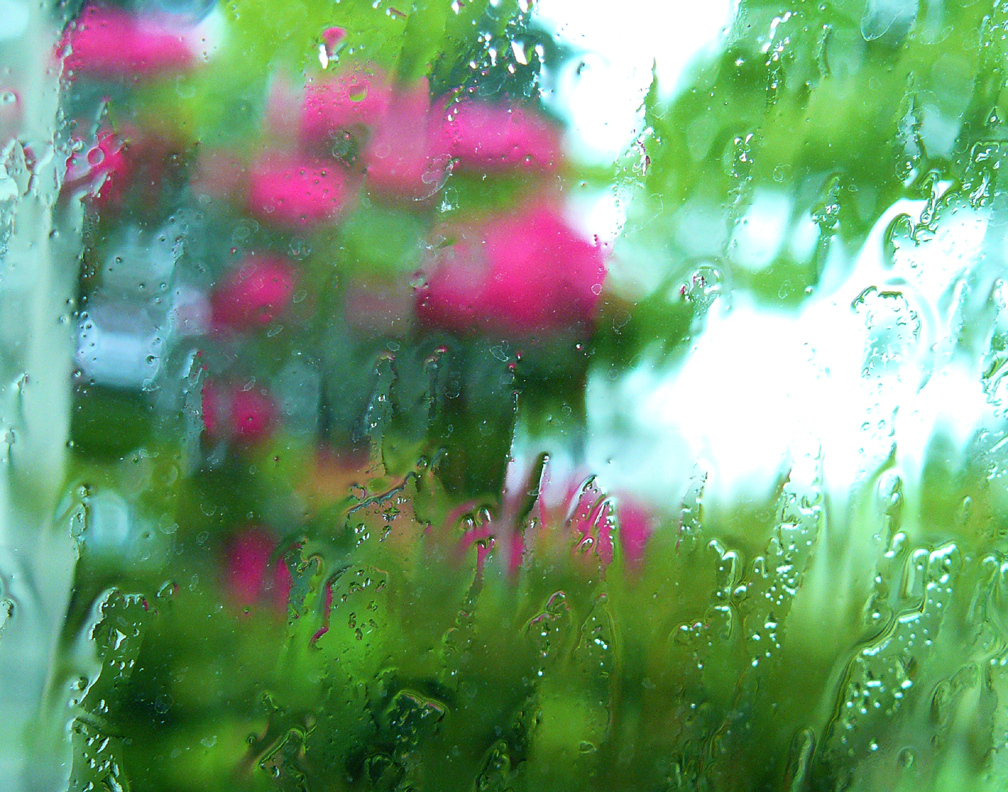



![[1.4.jpg]](https://blogger.googleusercontent.com/img/b/R29vZ2xl/AVvXsEgg9Ec1AKnmdK6xnCpVHAHztexNVT5iqgXoOzt1fJCEVsD-Hnrv2PNOwGEOUkYkgklXYen4DECa1D5Cy1d_6q0rNO9Z6XwNvLotL0KSz-ZnUBcgtoley_9r1e57iZYIVGkxxbpCGfNDuIcM/s1600/1.4.jpg)
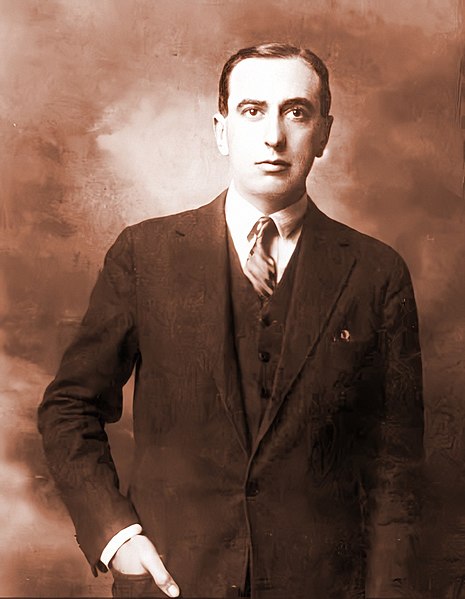
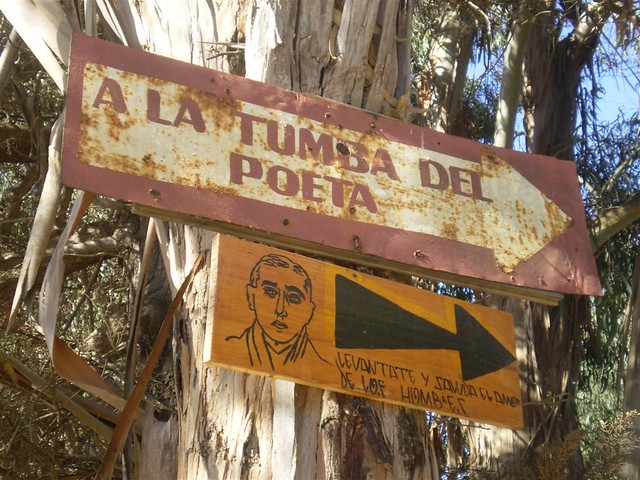




Sei comparsa al portone
in un vestito rosso
per dirmi che sei fuoco
che consuma e riaccende.
Una spina mi ha punto
delle tue rose rosse
perché succhiasse al dito,
come già tuo, il mio sangue.
Percorremmo la strada
che lacera il rigoglio
della selvaggia altura,
ma già da molto tempo
sapevo che soffrendo con temeraria fede,
l’età per vincere non conta.
Era di lunedì,
per stringerci le mani
e parlare felici
non si trovò rifugio
che in un giardino triste
della città convulsa.



For the seventh and final issue of VANITAS, we examine the idea of The Self. The work featured in issue 7 tests just how far the self can be stretched, partially as an exercise in self-expression, partially in search of what used to be called experience. Self, not so much in personae as in faces, in the sense the Mods used the term — referring to someone with style, perhaps within a culture of style, but an individual expression of that culture, or perhaps someone who can seemingly invent her own style, just standing there.
This issue features new work by Bruce Andrews, Mary Jo Bang, Anselm Berrigan, Steve Dickison, Danielle Dutton, Tonya Foster, John Godfrey, Robert Hunter, Paolo Javier, Ann Lauterbach, Kimberly Lyons, Dan Machlin, Gerard Malanga, Judith Malina, Filip Marinovich, Harry Matthews, Michael McClure, Anna Moschovakis, Stephen Motika, Jennifer Moxley, Michael Palmer, Aram Saroyan, Lewis Warsh, and many more. Featuring artwork by Diana Michener, Carol Szymanski, Gerard Malanga, Rudy Burckhardt, and Vivien Bittencourt.